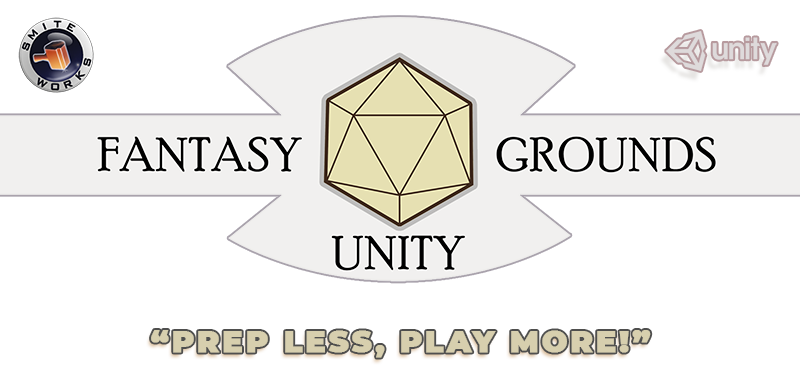

For example, using FGII, Call of Cthulhu games appear and in many ways play differently enough from D&D that it looks like your campaigns are running on separate products. These dramatically change your experience, depending on which rules you run. These aren’t just macros or add-on jpeg title images they’re full skins and script sets for the package based around the theme of the game you are playing. When creating a campaign, you are presented with a list of rulesets. This is the first place where Fantasy Grounds diverges from its competitors. Fantasy Grounds II (FGII) sports a full-featured shared whiteboard, but that’s only part of a larger system designed to tell tales in a different, more traditional way, with the focus on the narrative rather than the graph paper.įiring up the GM client takes you to the campaign load screen where you can create, host, or join a game, and manage characters. Most suites made to run-pen-and-paper RPGs over the internet focus on the shared whiteboard model, where the GM and players use an interactive map to move characters, NPCs, and objects around as the story or player decisions dictate. Look for the LOS icon on popular adventures in our storefront for an indication of which of these have been updated.Fantasy Grounds II takes a different approach to virtual tabletop gaming. In addition, previous modules purchased for FGC may have upgrades built into them for FGU that add new functionality. You can move your content from FGC to FGU, though, with minimal changes required and begin using the newer features of FGU.

FGC and FGU use a different license and software and therefore they are not able to connect with each other. It enhances numerous aspects of the interface, but maintains backwards compatibility with data modules for FGC. Fantasy Ground Unity (FGU) replaces Fantasy Grounds (Classic or FGC).


 0 kommentar(er)
0 kommentar(er)
